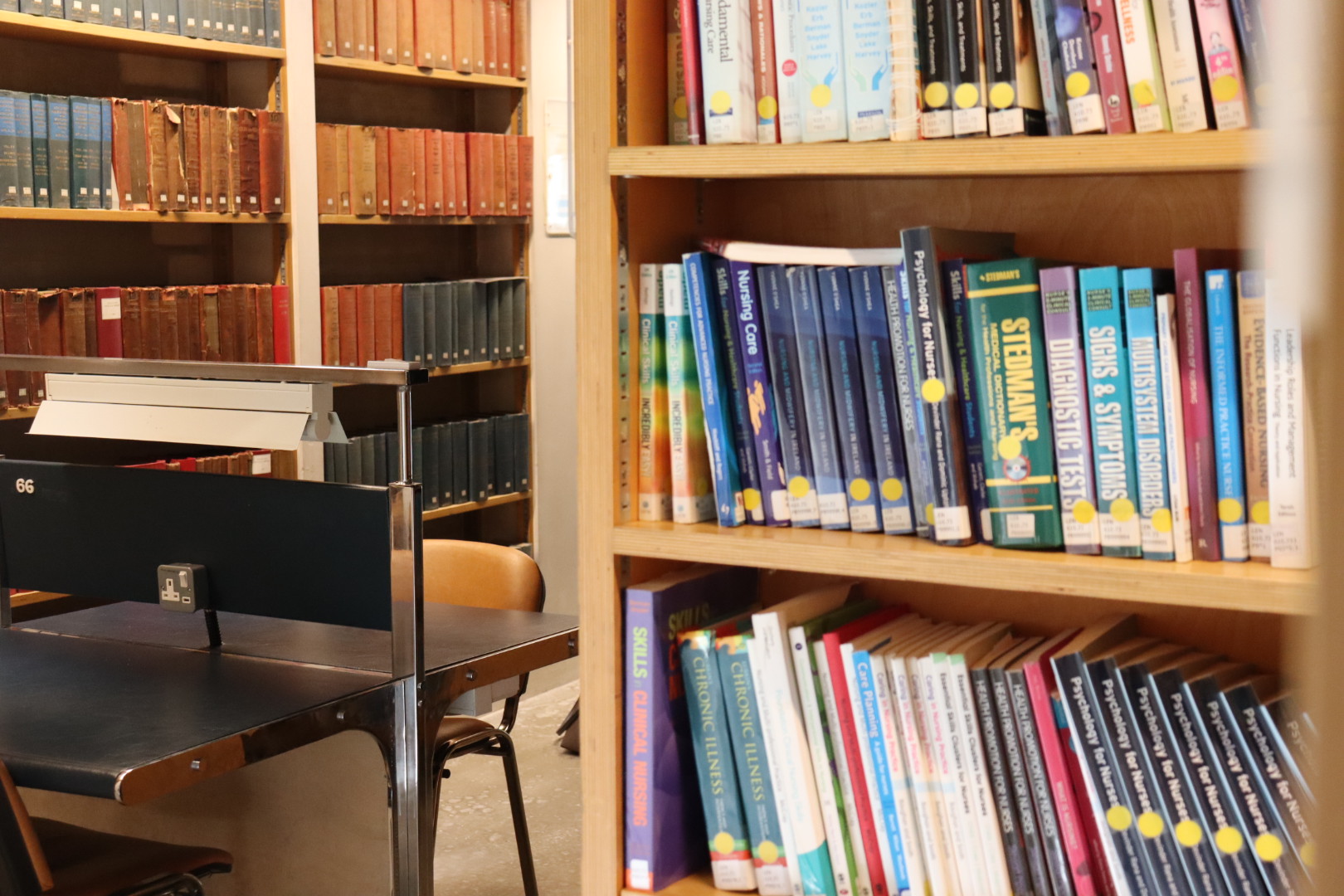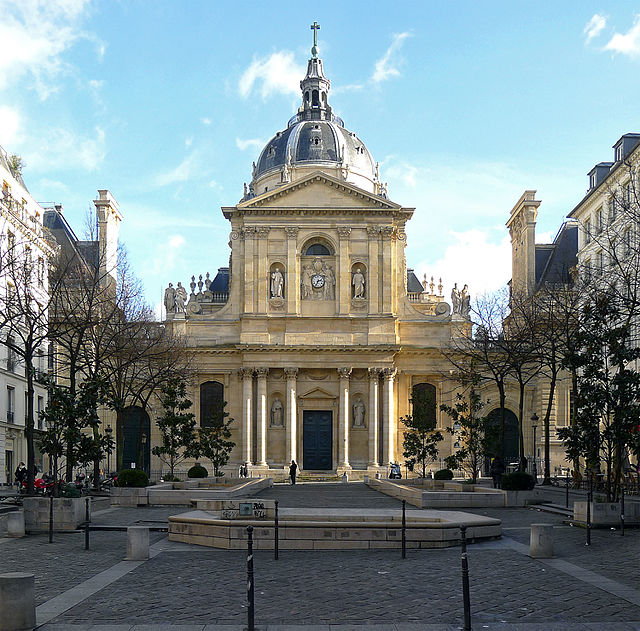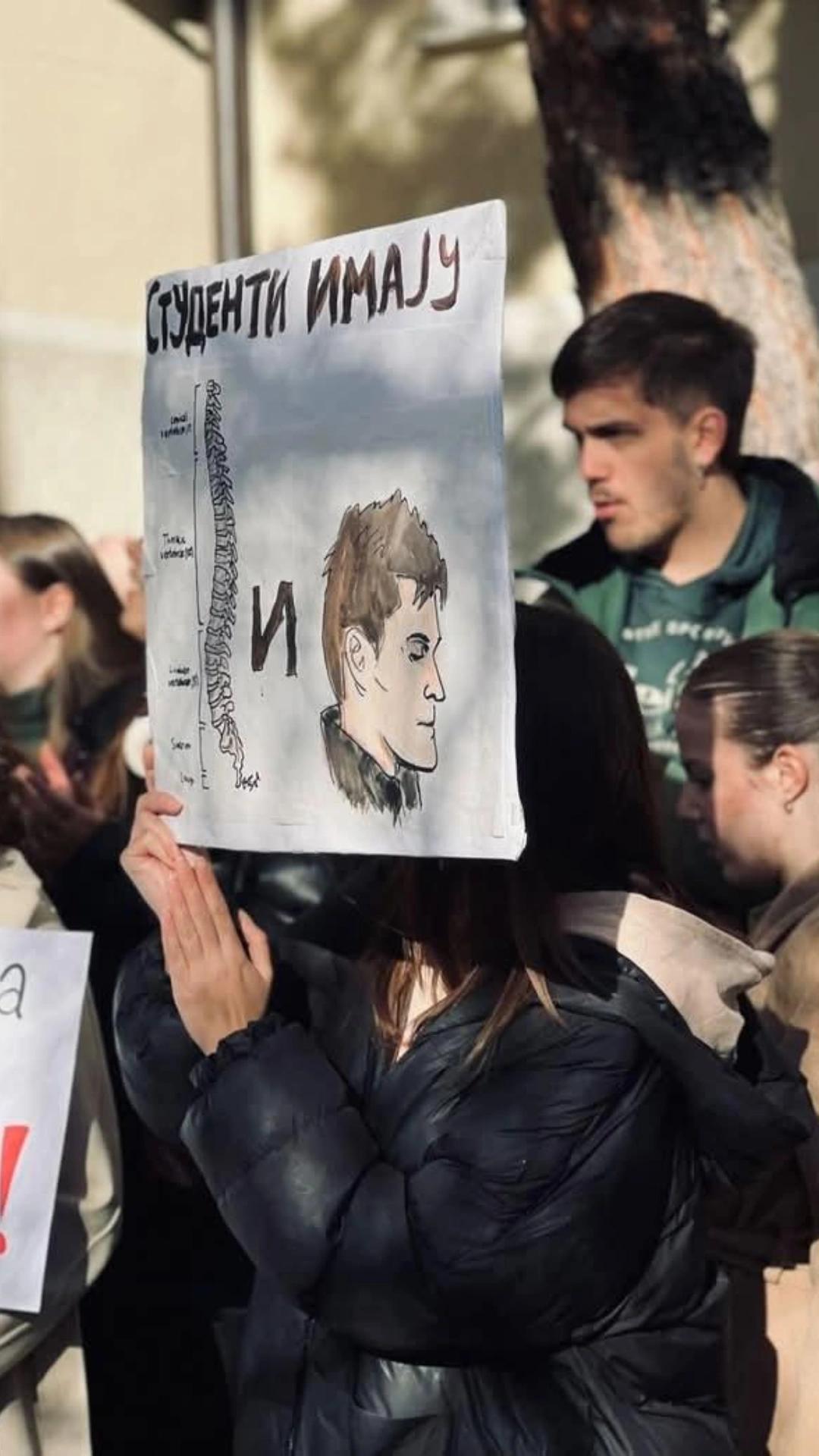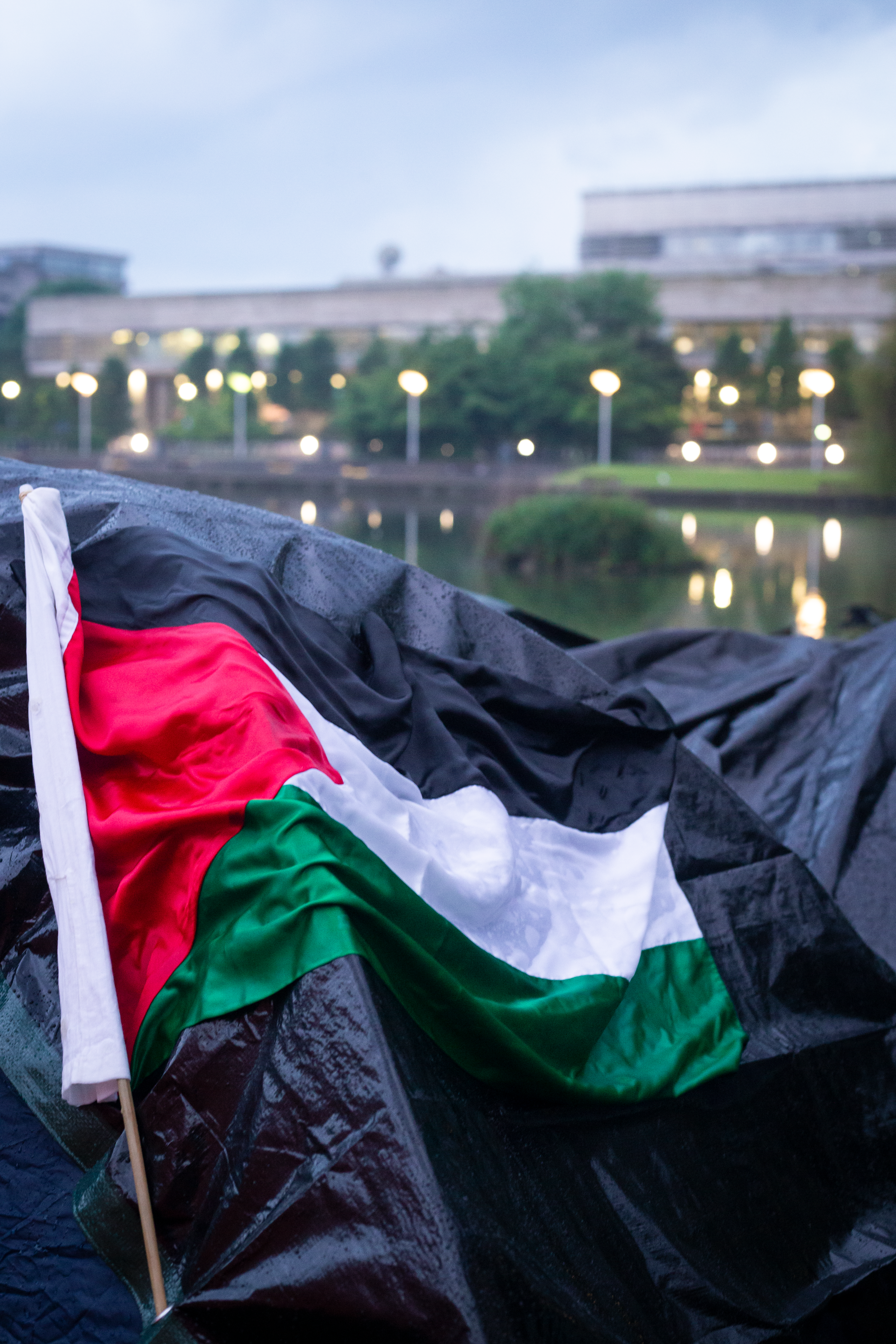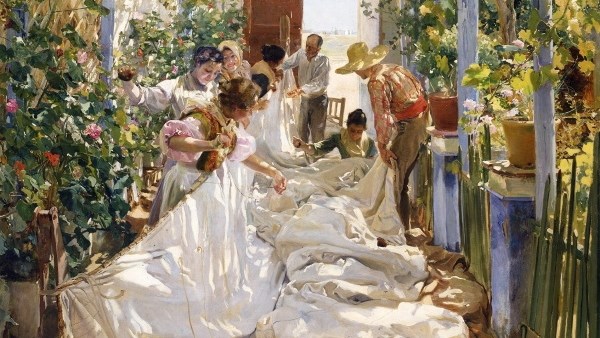
Once one of the most successful artists of the early 20th century, Spanish painter Joaquín Sorolla y Bastida has fallen into relative obscurity, elbowed aside by his avant-garde contemporaries. But the exhibition of his works in the National Gallery of Ireland is one of the most anticipated events in the Dublin art world, and his large-scale, vivid works do not fail to impress.
Born in Valencia in 1863, Sorolla received a traditional art education, first staying in Madrid, and then continuing to Rome and Paris – the staples of any young artist’s training.
He settled down after meeting Clotilde García del Castillo, his future wife and lifelong muse. The two moved to Madrid, and Soralla began to paint large, expansive canvases inspired by orientalism, mythology and historical and social subjects.
Curated by Dr Brendan Rooney and Dr Aoife Brady, Sorolla: Spanish Master of Light is the most complete display of the artist’s works outside of Spain. Clotilde dominates the first exhibition room, alongside portraits of their family. The sheer size of Sorolla’s works in real life is staggering – and often contrasted with a simple subject.
“Mother” is a large canvas, over a metre and a half wide, eclipsed by a sea of white. Nestled in the centre are two visages – his wife and their new-born child – enveloped lovingly in clean linen: a beautiful moment of intimacy and tenderness.
The National Gallery describes him as Spain’s impressionist – a somewhat misleading depiction since Sorolla worked almost 30 years after the impressionists’ exhibitions.
Sorolla’s work is actually rooted firmly in the tradition of Spanish, not French, painting – specifically that of Diego Velazquez, the great Spanish portraitist of the 17th century. The corner of Velazquez’s most famous piece, “Las Meninas”, even features in Sorolla’s “Portrait of Ralph Clarkson”.
The works of Monet and other impressionists do spring to mind, however, upon entering the second room, which houses Sorolla’s works portraying the business of the Valencian seaside. Each piece seems to display a new technique and an even greater array of colour than the last.
The star of the exhibit is “Sewing the Sail”, posters of which are dotted across Dublin to advertise the exhibition. Its familiarity, however, does nothing to lessen its beauty in person. The painting’s monumental size, and a trick of perspective, gives the impression that the viewer can step straight into the scene – the white sail leading us through the pergola to the seaside in the distance. The flora, clothing and light itself is all supremely Spanish and expresses Sorolla’s heartfelt love of the seaside culture in which he grew up.
Compared to the bright lights of his Valencian works, the rest of the exhibit is flat. One room displays Sorolla’s post-success works of more bourgeois subjects: paintings of enclosed city gardens and well-dressed ladies strolling through the countryside. These paintings lack the passion of his earlier works.
The final room is concerned with Sorolla’s late works, an anthropological commission for the Hispanic Society of America, documenting the traditional garb of each Spanish province. Although interesting, the final room is slightly dull compared to the brightness and vitality of the first two rooms.
Still, Sorolla: Spanish Master of Light can’t be missed. The curation is wonderfully succinct, leading you through the master painter’s career both chronologically and by subject. His large-scale works full of energy and colour will have you leaving the gallery itching for a trip to the Valencian seaside.

